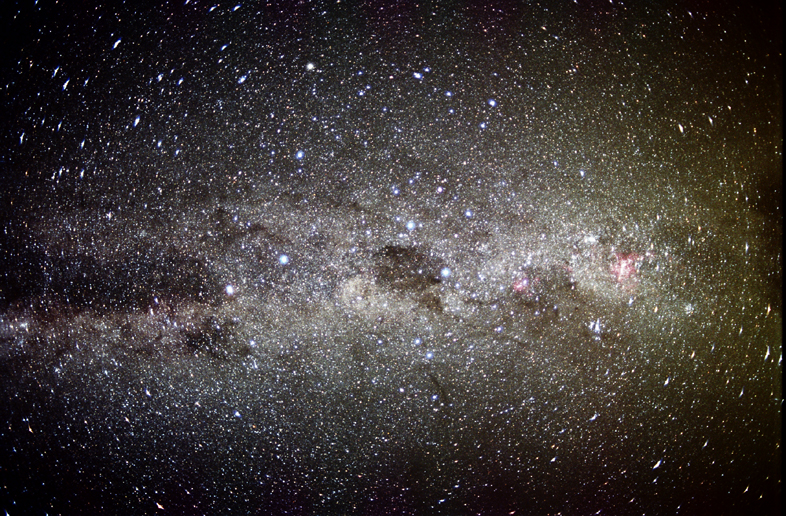
30 minutes exposure on AGFA HDC 400 film. 28mm f/2.8 lens.

For southern hemisphere observers, the constellation of Centaurus is a favourite, probably the equivalent of Ursa Major for the northern hemisphere. It contains interesting deep sky objects of all kinds, including one of the most unforgettable sights, NGC 5139. It is also home to a spectacular galaxy NGC 5128, the Centaurus A radio galaxy, and the nearest star system to the solar system, the alpha centauri system, which is a spectacular double star for small telescopes. A single night does not do justice to this constellation!
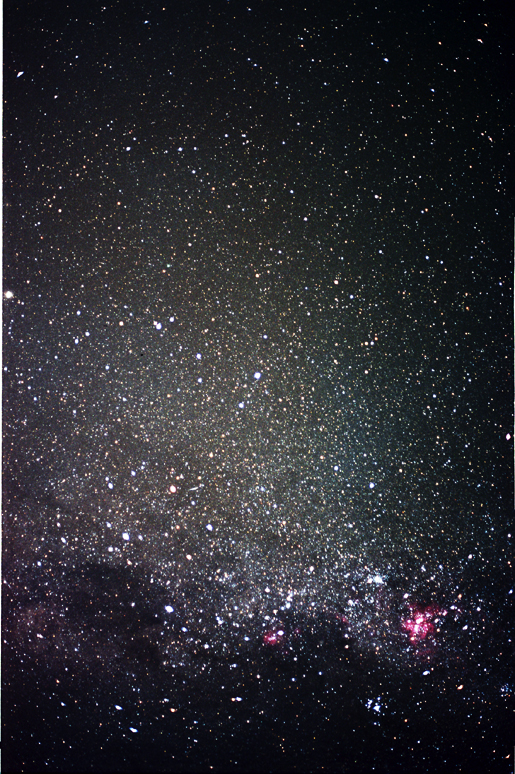
Centaurus is a very large constellation that surrounds the Southern Cross to the west, the north, and the east. This image shows western and northern Centaurus.
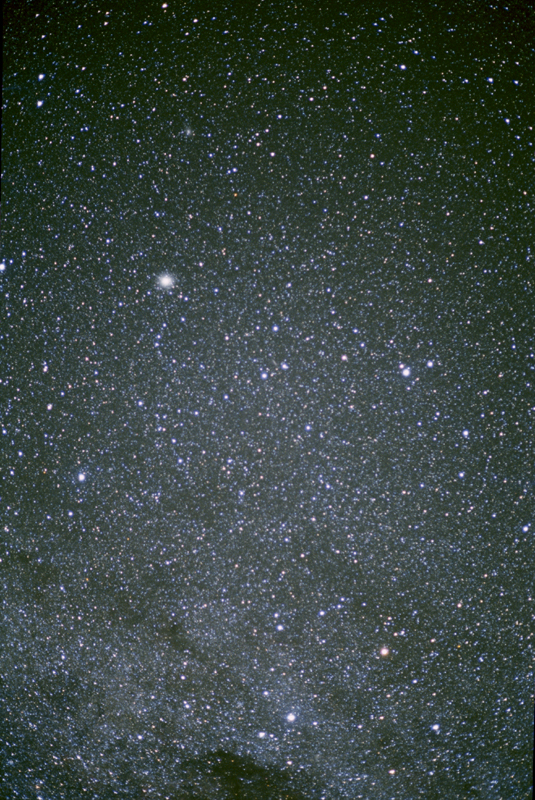
This image shows the northern section of the constellation from the Southern Cross to the border with Hydra.
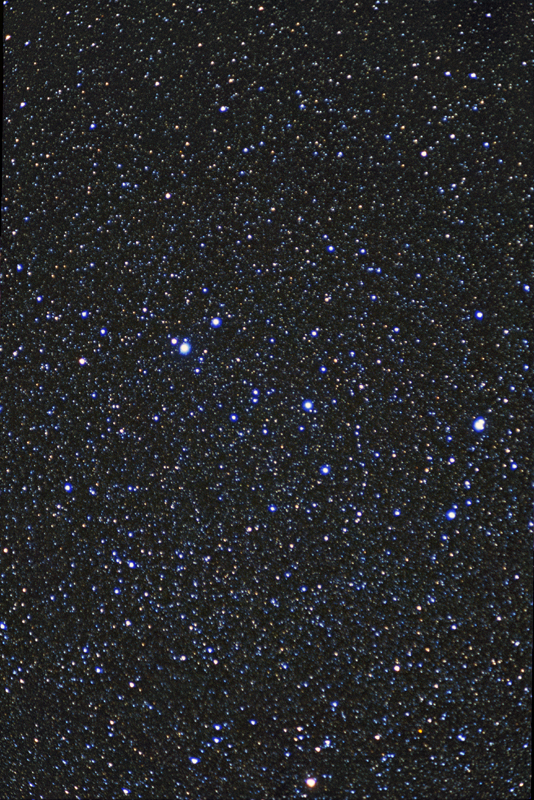
To the north of the southern Cross is a little dipper-shaped asterism made up of gamma, delta, rho, sigma, tau, and "G" centauri. This region contains some nice double stars, with gamma (the bright star at the end of the "handle".) being one of the best. There are also several very nice galaxies in the area, the best of which is the 9th magnitude NGC 4945.
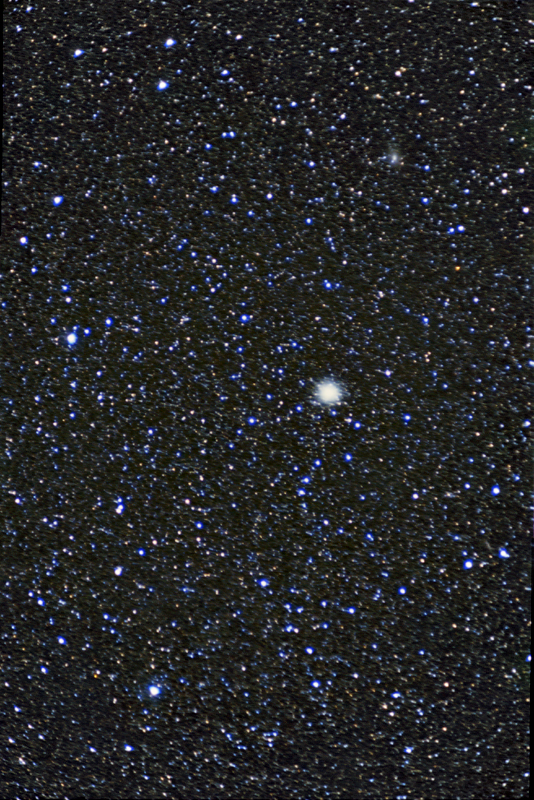
This image is centred on the magnificent globular cluster omega centauri. The small patch of light towards the upper left is the bright galaxy NGC 5128.
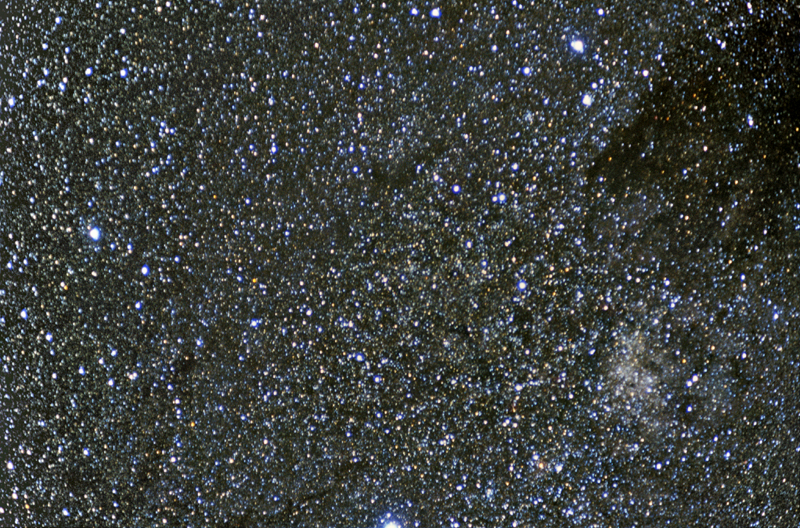
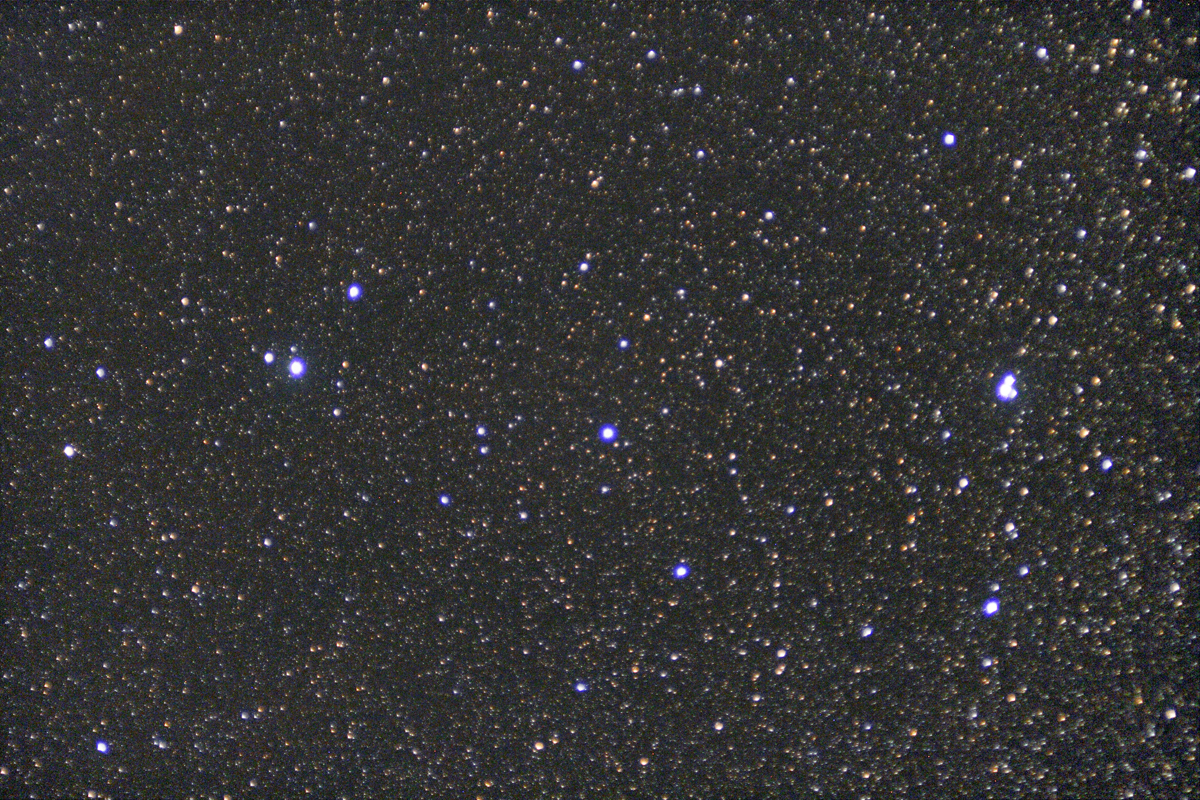
The portion of Centaurus between the Southern Cross and beta centauri. The bright patch is the faint emmission nebula CeD 122.
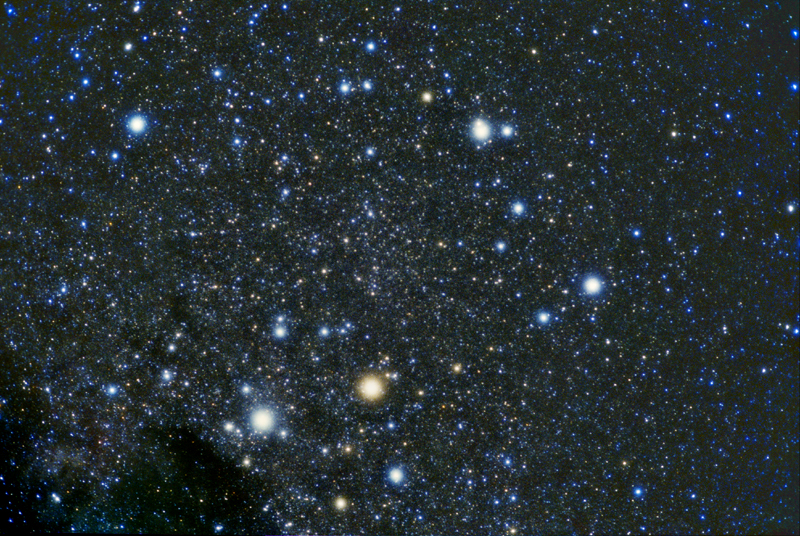
On rare occassions you can get lucky when photographing the sky. While taking the above photograph, some clouds passed through the area. Those clouds diffused the starlight, making the size of the stars much larger, but at the same time, they made the colours of the stars stand out much more than usual.